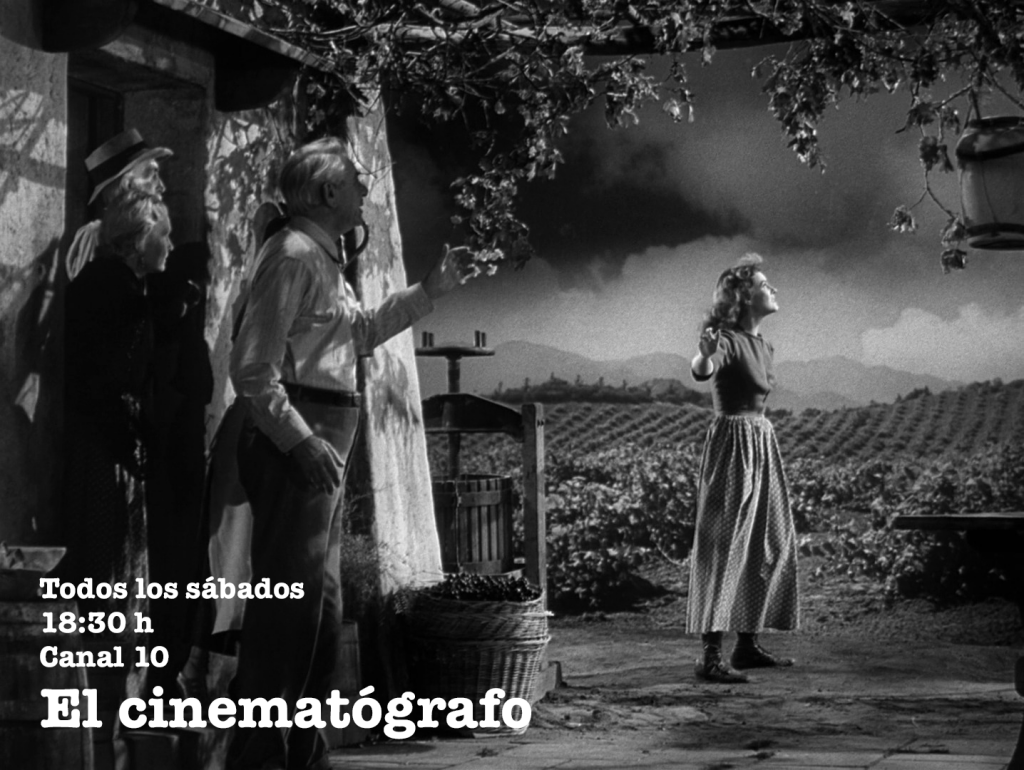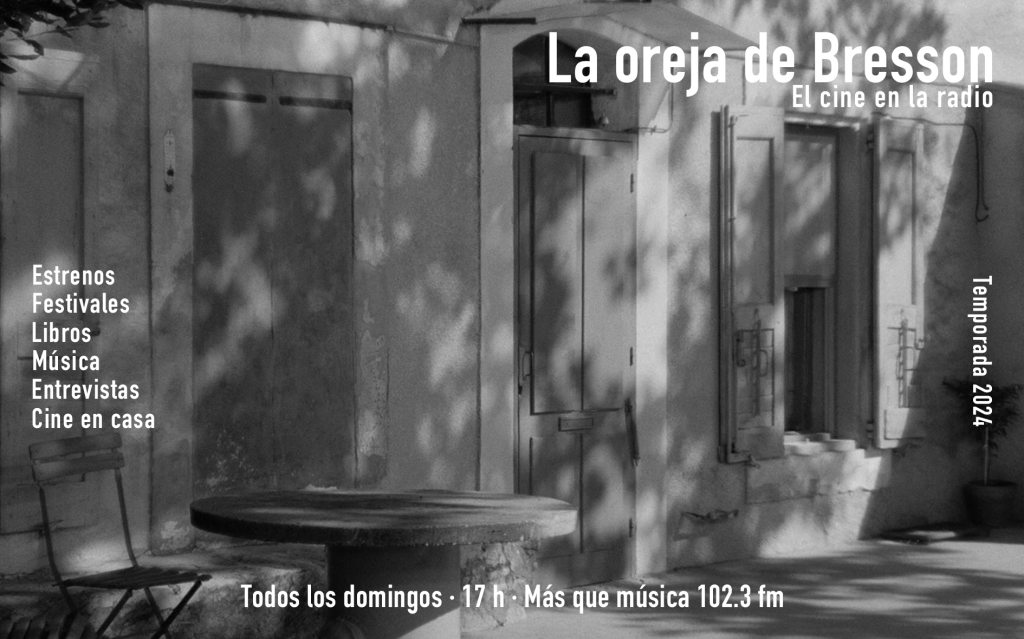
BERLINALE 2022 (ENGLISH REPRISE): THE SIGNS OF HONG
28 shots in 93 minutes (one in color, the rest black and white) and no more than ten zooms, almost equally distributed between zoom ins and zoom outs, make up Hong Sang-soo’s twenty-seventh film entitled The Novelist’s Film. These numbers, just noted, are not the accounting of an obsession. They are the verifiable indication that allows us to perceive some of the variations of this noble and beautiful film by Hong. His poetry is based on a concept that is as musical as it is philosophical: variation, in repetition and in difference. A beautiful formula that is usually thought of as minor and that disinhibits those who distrust the filmmaker’s talent, emboldened to underestimate it with the refrain that Mr. Hong always makes the same film.
Hong’s poetics increasingly adhere to an admirable economy of constraints upon his production. All he needs are a camera, a handful of performers, three or four locations that are also repeated in the story itself, a laborious combination of everyday phrases and scattered concepts that bring together a circumspect free philosophical inquiry into the inner life of the characters.
Here is how his poetics operate. A word is launched into the space of conversation and when it is pronounced it remains as the background sound of the discussion of that scene and those that follow. In The Novelist’s Film, for example, Hong introduces the word “charisma” in one section. Two characters in different instances use that concept to define the character of the writer, masterfully played by Lee Hye-young. The concept is not decisive, but it does explain very well the microscopic procedures of the unfolding of the script – which a character notes in the ending actually does matter -, as the support of the script in the word is essential and therefore fulfills functions of arrangement of both the part and the whole. The introduction of this term or that one also has a capital valence and a key presupposition in this approach to building bonds in one’s life: the unexpected, but revealing, description that one character formulates about another reaffirms or reveals nuances of behavior that are not fully recognized. In his films of the last decade, description is a sign.
At the beginning, in a conversation that takes place in a bar between the writer, a classmate whom she has not seen for a long time, and the employee of her used bookstore, an entire long sequence is dedicated to exploring the translation operations of a fragment of a poetic verse into sign language. The scene is as pleasant as it is jovial, and its playful nature can distract from a linguistic situation as delicate as it is decisive for the life of the language and, also, for that of cinema as a possible language. How can poetic expression be translated into signs? In the film, it is answered. Can the indeterminacy of poetic language itself be transposed into an interlinked series of shots? This is also responded to without saying so in The Novelist’s Film.
Hong lavishes this latest film with many beautiful shots of trees, like the shots of snow in The Day After. The aesthetic gesture is not entirely evident, but in each frame of the outdoor scenes you can see how the trees delineate a limit of the composition. This can be seen very clearly in shot number 13, in which the writer goes up some stairs in the company of other characters towards a park. The general low angle shot cuts out the figure of the characters in direct harmony with the upper right corner, where two trees shine without dazzling. Here too the inverse question is pertinent: what happens visually has a poetic quality, but how should the concealed visual forcefulness of that shot be expressed in verse? One could try to carve out an accessible description of the poetic as a dimension of language in which speech has freed itself from its operative obligations and can then distance itself from communication in order to provide sounds in which meaning, imagination and feeling can merge into an open and uncertain experience. Wondering about the poetic nature in Hong’s poetics may sound unnecessary, but in truth there are sufficient reasons to indicate that the poetic experience is off-center, intermittent and has the decency of the imperceptible.
As in almost all of Hong’s films, The Novelist’s Film progresses through encounters, conversations and short walks. The writer first visits a friend of hers in her bookstore, then a woman recognizes her in a public building and she turns out to be the wife of a filmmaker who was going to adapt one of her books to film, although he never fulfilled that promise. The filmmaker arrives a little later, but they give each other enough time to catch up, until they decide to go for a walk in the park. On the walk, the director’s friend and his wife introduce her to a well-known actress, who is also an admirer of the writer. They immediately feel a great affinity, beyond the differences in their ages and the artistic disciplines to which they dedicate their lives. During the conversation, the writer is encouraged to say that she would like to make a film of her own and that the actress be the protagonist of it. She says it would be a short. In the denouement, the novelist, the actress, the owner of the bookstore, her employee and an old poet discuss many things, remember other things, and talk about the future short film. The closing of the film is the private screening for the actress of the short. That is all, and it is a lot.
It is difficult to know which scene in a Hong film is the one that encrypts the entire film, a substantive scene in which some decisive element is exposed in a fragment in which beats the entirety. The singularity of his films lies in a constant shift of any dramatic condensation that amalgamates everything that happens and precipitates a catharsis; what Raúl Ruiz called in his poetics “the central conflict” is conspicuous in its absence in the Korean filmmaker’s films. The Hong system works by an unstoppable dispersion of linked situations for specific reasons that are not entirely obvious, but present, that are lodged in the conversation and depend entirely upon the characters. That is why the performers he chooses to work with are actors and actresses of unparalleled efficiency. What their method allows them is to display a power of expression that very much has to do with theater as an experience. Supporting the story requires the body and the word itself; there could be no dramatic movement otherwise. From this starting point, we can explain the logic of reframing through zooming. It is not a whim, but a resolution that responds to giving the interpreters a guaranteed perception in continuity while the points of view vary, choosing the movement in the plane without substituting it for another, and demarcating the changes in the nature of the conversation as required. the plot. In this sense, The Novelist’s Film is prodigious for what happens between Kim Min-hee and Lee Hye-young, since they do not know each other and over the course of the film we witness an affective mutation that the other characters observe. “They have known each other for a long time,” they say, or at least that is what mutual friends say they perceive. It is true, they quickly trust and feel the security that one deposits in the time of a friendship. They talk as if they were old childhood friends. And this marvel can be analyzed more than in other of his films because the time of the scenes is longer than usual.
Finally, it should be noted that the age of the director himself and also that of his troupe is no longer the same. Hong’s time is different, and this has begun to have an impact on his films. They are no longer the same as twenty years ago. That is why, among the recent variations, there is one that is especially promising: the characters no longer belong to the same age group and therefore love affairs have less interference in the dynamics of the characters’ emotional lives. The extraordinary In Front of Your Face no longer focused its dramatic weight on the always complex bonding universe of men and women, but rather on the experience of Lee Hye-young’s character knowing she was close to death. In The Novelist’s Film no one feels the weight of the end. The film is not nuanced by what it provokes in the conscience by our knowing that finitude is not a concept but rather a destiny; however, there are small signs of the passage of time and a recognition that the future is now brief. Almost distracted, and in passing, the characters say something about all this. The great novelty of Hong’s previous film, and also of The Novelist’s Film, lies in the fact that time has been introduced as the main variable in the stories because it is constitutive of the psychic life of its creatures. It is a quality that can bring unknown pleasures and unexpected turns. It shouldn’t take long to discover them: Hong knows that he has time, but not all the time in the world anymore.
Roger Koza / Copyleft 2022






Últimos Comentarios